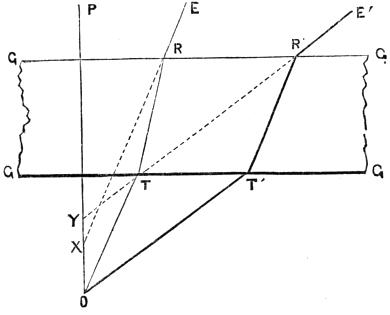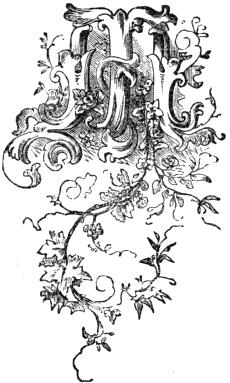
The Microscope
Ross
THE MICROSCOPE.

FULLY ILLUSTRATED.
NEW YORK:
THE INDUSTRIAL PUBLICATION COMPANY.
1877.
THE MICROSCOPE.
 MICROSCOPE, the name of an instrument for enabling the eye to seedistinctly objects which are placed at a very short distance from it,or to see magnified images of small objects, and therefore to seesmaller objects than would otherwise be visible. The name is derivedfrom the two Greek words, expressing this property, MIKROS, small,and SKOPEO, to see.
MICROSCOPE, the name of an instrument for enabling the eye to seedistinctly objects which are placed at a very short distance from it,or to see magnified images of small objects, and therefore to seesmaller objects than would otherwise be visible. The name is derivedfrom the two Greek words, expressing this property, MIKROS, small,and SKOPEO, to see.
So little is known of the early history of the microscope, and socertain is it that the magnifying power of lenses must have beendiscovered as soon as lenses were made, that there is no reason forhazarding any doubtful speculations on the question of discovery. Weshall proceed therefore at once to describe the simplest forms ofmicroscopes, to explain their later and more important improvements,and finally to exhibit the instrument in its present perfect state.
In doing this we shall assume that the reader is familiar with theinformation contained in the articles “Light,” “Lens,” “Achromatic,”“Aberration,” and the other sub-divisions of the science of Optics,which are treated of in this work.
The use of the term magnifying has led many into a misconception ofthe nature of the effect produced by convex lenses. It is not alwaysunderstood that the so-called magnifying power of a lens applied tothe eye, as in a microscope, is derived from[Pg 4] its enabling the eye toapproach more nearly to its object than would otherwise be compatiblewith distinct vision. The common occurrence of walking across thestreet to read a bill is in fact magnifying the bill by approach; andthe observer, at every step he takes, makes a change in the opticalarrangement of his eye, to adapt it to the lessening distance betweenhimself and the object of his inquiry. This power of spontaneousadjustment is so unconsciously exerted, that unless the attention becalled to it by circumstances, we are totally unaware of its exercise.
In the case just mentioned the bill would be read with eyes in a verydifferent state of adjustment from that in which it was discovered onthe opposite side of the street, but no conviction of this fact wouldbe impressed upon the mind. If, however, the supposed individualshould perceive on some part of the paper a small speck, which hesuspects to be a minute insect, and if he should attempt a very closeapproach of his eye for the purpose of verifying his suspicion, hewould presently find that the power of natural adjustment has a limit;for when his eye has arrived within about ten inches, he will discoverthat a further approach produces only confusion. But if, as hecontinues to approach, he were to place before his eye a series ofproperly arranged conve